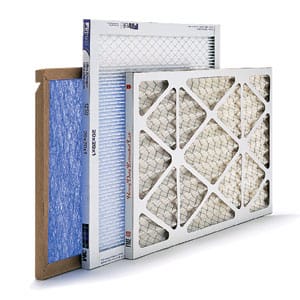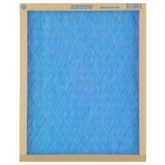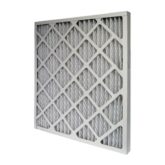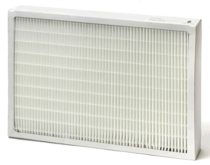
A trip down the filter aisle in Walmart (or other retailer of your preference ) can leave you feeling some kind of way. You’re either confident, knowing exactly what type and size of filter you need, indifferent because you’ve always bought the same air filter and haven’t even considered a change, or you feel overwhelmed at the options. Maybe you have never felt anything in regard to buying filters because you don’t go down that aisle and didn’t even know there was one. (Statistics from recent surveys show that while people know they should change their filters, only about 50% of them actually do)
Regardless of which boat you are in, The Team You Can Trust always seeks to help any way we can. So, here is a little information on filter types that might help you in making your choice.
An air filter is an essential component in your system with a very crucial job. Remember that air conditioners and heat pumps are loop systems – they pump in cool or warm air through your vents. But, they cannot constantly blow air in without taking some out, so while it blows air in, the component that your filter gets inserted into, the return register, pulls the air that is already in your home back into the air handler to be reheated or chilled and recycled back into your home. As the return pulls air back in, it passes through the filter in order to purify it. The filter catches pollutants, dirt/dust, allergens, and other harmful particles, keeping your indoor air safe to breathe and dust buildup from clogging your blower or motor. Therefore, it is important to make sure you choose the best quality filter you can. That’s where we want to help you.
There are several types of air filter, each with a different rating for how much they actually catch. Most are rated on the MERV scale (Minimum Efficiency Reporting Value). The higher the MERV rating, the more the filter catches. There is also the MPR scale (Microparticle Performance Rating) that is used by the popular 3M Filtrate brand. Same applies, the higher the MPR, the more the filter protects you from. Here are the types:
 Spun Fiberglass. These are the cheapest form of filtration. They are low MERV (1-4) and disposable. Fiberglass filters will catch up to 80% of particles 50 microns in size or larger and roughly a quarter of particles 3-10 microns. This particular type of filter is ideal for those who are renting or who don’t suffer from allergies or have pets. But, if you are a homeowner, they may not be the best of investment, as they are the bare minimum in protection and can allow smaller particles to get through to your equipment and damage it as well as cycle pollutants back into your indoor air.
Spun Fiberglass. These are the cheapest form of filtration. They are low MERV (1-4) and disposable. Fiberglass filters will catch up to 80% of particles 50 microns in size or larger and roughly a quarter of particles 3-10 microns. This particular type of filter is ideal for those who are renting or who don’t suffer from allergies or have pets. But, if you are a homeowner, they may not be the best of investment, as they are the bare minimum in protection and can allow smaller particles to get through to your equipment and damage it as well as cycle pollutants back into your indoor air. Disposable Pleated. Pleated filters are median (5-8) MERV and cost up to 4 times more than fiberglass. But that cost can prove to be worthwhile, as they pleats allow for more surface area for particles to pass through, meaning they catch more . These filters will collect 80-95% of particles 5 microns and up.
Disposable Pleated. Pleated filters are median (5-8) MERV and cost up to 4 times more than fiberglass. But that cost can prove to be worthwhile, as they pleats allow for more surface area for particles to pass through, meaning they catch more . These filters will collect 80-95% of particles 5 microns and up. HEPA Filter. These are the high end of filtration. High Efficiency Particulate Air filters are thick and can drastically reduce airflow if put into a system that doesn’t support them. Like their high MERV pleated counterpart, they must be compatible with your system and filter out tiny particles and bacteria/viruses/germs.
HEPA Filter. These are the high end of filtration. High Efficiency Particulate Air filters are thick and can drastically reduce airflow if put into a system that doesn’t support them. Like their high MERV pleated counterpart, they must be compatible with your system and filter out tiny particles and bacteria/viruses/germs.Now that you know the differences, here are a few things to know and helpful tips:
Hopefully, even if you knew what kind of filter you need or want, you have learned something from this and if you were searching for answers, you have found this blog helpful. If you have any questions about filters or have any other HVAC need, please give us a call today at (864)-578-7575!